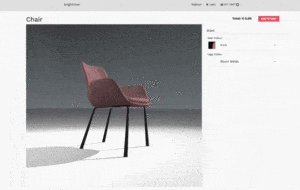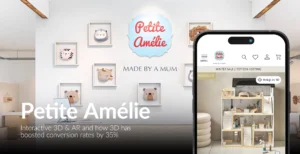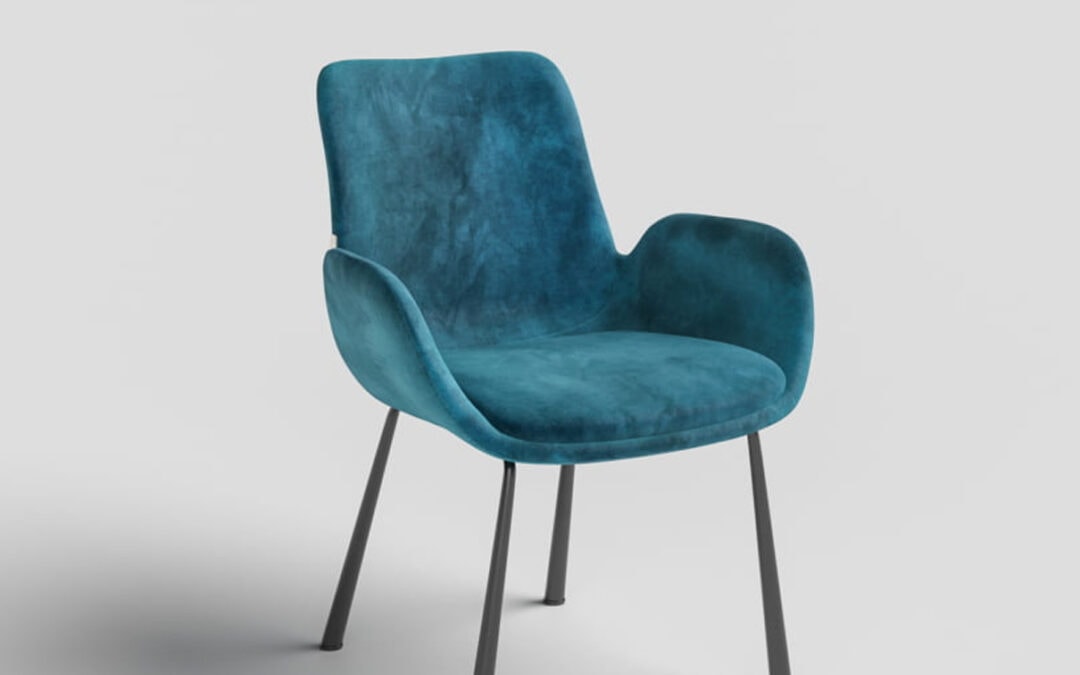The truth is, “3D” is not new. Most of us have had enough experiences with 3D, even just in having tried on 3D glasses that make images come closer to life, to have at least a basic understanding of what it is.
But its application in e-commerce, while there have been dabbling for a while, is only just catching on like wildfire. And much of that has to do with increasing consumer demand for platforms to employ the latest technologies to allow them to have a more realistic online shopping experience.
That said, let’s back up for just a moment and make sure we’re all on the same page with a definition of terms:
In this context, 3D refers to e-commerce content that is interactive. The interactive content is created by constructing a three-dimensional model of a product on a computer. You can subsequently use this to enable:
- 3D web viewers or configurators
- CGI (Computer Generated Images); and
- AR (Augmented Reality).
What does all this mean for e-commerce? This is where these applications can give your visual content strategy a boost:
- Webviewers and configurators, such as those from Expivi, allow customers to view all angles of a product in their browser. These tools also allow product configurations, such as new fabrics on furniture, features in their car interiors, etc. One major advantage of configurators is that product personalization, a major trend in online retail, simplifies the purchasing decision. A major advantage of configurators for brands and retailers is that it can save them from having to produce showroom items in different versions and have these in stock. This enables efficiency increases in the ordering process.
- CGI, or Computer Generated Images. If the level of detail in a 3D model is high enough, the model can be used to create renders that replace photographs that are shot in an actual studio. These images can save costs, increase flexibility and increase process efficiency. Plus, nowadays CGI is surpassing the quality of traditional photography and has fewer technical limitations.
- AR, or Augmented Reality is used with mobile devices and soon, with AR glasses. Essentially, 3D models are placed into the viewer’s reality through a phone, tablet or other AR hardware. AR offers customers a digital Try Before you Buy experience, allowing them to see how big an object actually is in their environment and by doing so ‘picture’ the product in their situation. According to Michael Valdsgaard, Leader Digital Transformation at Inter IKEA Systems,
“Augmented reality will be a total game-changer for retail in the same way as the internet. Only this time, it will be much faster, and accessible to billions of customers using smartphones and tablets.”
This is essentially why so many experts are talking about a 3D “revolution” in e-commerce.
See for yourself:

The image represents a product photo of a chair from a popular Dutch furniture label. It’s 2D, meaning that the potential buyer can see only what the photo allows.
Now check out the image below, showing the same chair, but this time in a 3D configurator.

As you can see, you can move the chair around and see it from all sides as well as change the color, fabric, and legs. A great example of product personalization.
Effectively, a consumer will probably have an easier time getting a realistic, total picture of the chair than he or she would with simple photography.
The 3D image answers a whole lot of questions consumers have up-front, visually – and helps them know, realistically, exactly what they are getting. It doesn’t mean they will buy that chair – it means they will have the right tool to buy the right chair.
Ultimately – it empowers your customers to buy what they want from you. And intuitively this makes it less likely that the product will not meet expectations and be returned.
If an image is worth 1000 words, imagine the worth of a 3D model.
Ready to learn more about the possibilities of 3D product visualization? Click here


